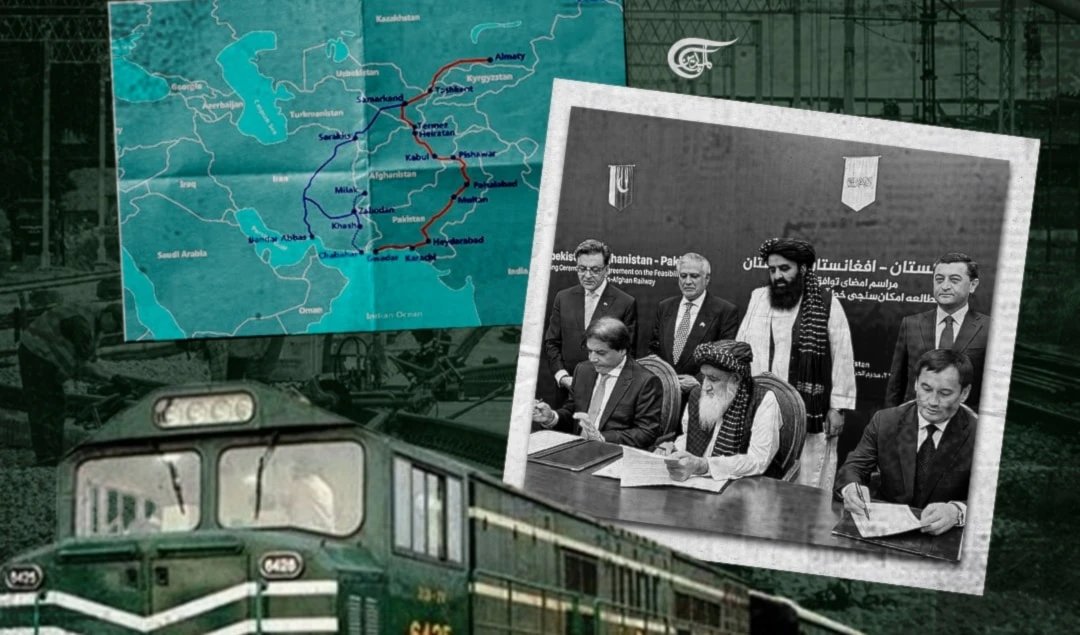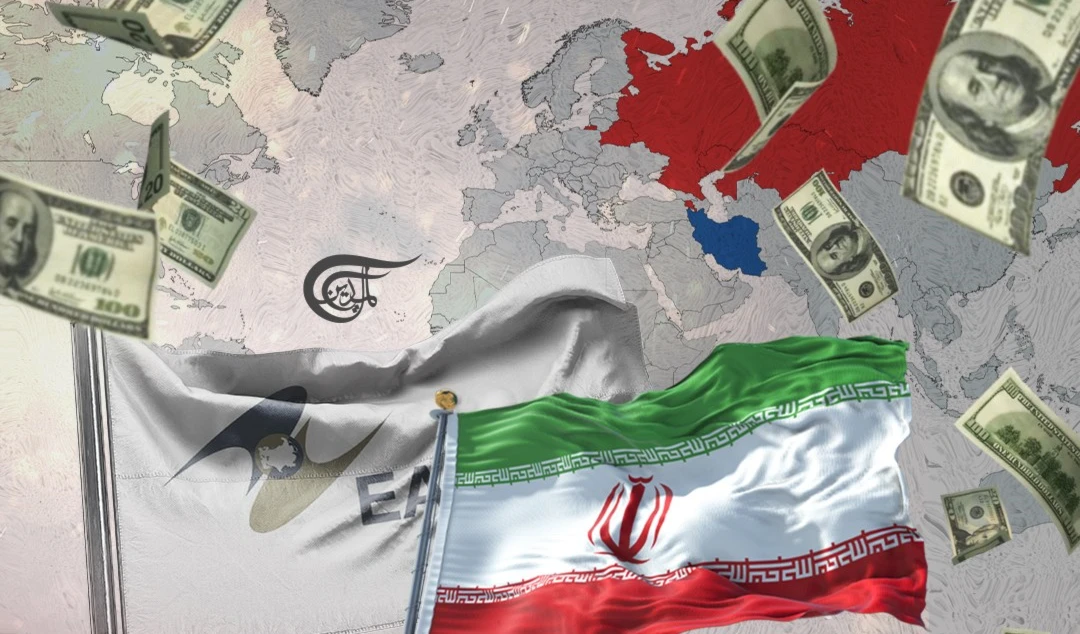Hydropolitics and Taliban's water policy; Goals and Prospects
Afghanistan's efforts to operationalize Afghanistan's surface water control policy and implement the hydro-hegemony policy will have lasting destructive economic and biological consequences and ultimately fundamental changes in the countries downstream of the rivers.
-

Afghanistan, which is located in the heart of renewable water resources, with almost fifty large and small rivers with large amounts of water, is in a much better condition than other countries in the region.
Water is a vital resource for humans and is one of the most important issues in all dimensions of life. Going by global developments, the increased demand for water reserves, and the pollution of rivers, lakes, and other water sources, one of the main pillars of countries' policies is the optimal use of water resources. Water resources, rivers, and transboundary waters are some of the most marginal yet problematic issues in the current world. Currently, 148 countries are completely or partially in the international river basin.
The presence of the Pamir and Hindu Kush mountain ranges has made Afghanistan one of the upstream countries of the transboundary waters of the world. So, of Afghanistan's six neighbors, four countries are highly dependent on Afghanistan's water reserves.
Also, a part of the economic development and political-security stability of the countries downstream of the rivers depends to some extent on the Afghan river system.
Afghanistan, which is located in the heart of renewable water resources, with almost fifty large and small rivers with large amounts of water, is in a much better condition than other countries in the region. Afghanistan's surface water reserves are estimated to be about 57 billion cubic meters and the country’s water capacity is in Amu Darya, (in addition to Hirmand, Harirud, and Kunduz rivers), Kabul water basin, Marghab, etc.
The goals and approach of the Taliban
Afghanistan uses only 25 to 30 percent of the surface water that flows within its borders, and the remaining 70 to 75 percent flows to neighboring countries without exploitation.
From the point of view of many officials and decision-makers in the past governments in Kabul, rivers may in the future be considered as one of the basic sources of infrastructure development in the country and may even allow the country to gain certain political privileges in exchange for water for neighboring countries.
In the last two decades, Kabul has tried to manage its internal waters. Also, in an effort to reduce dependence on imported energy, Kabul has tried to make efforts to reduce dependence and increase domestic production, to take steps towards self-sufficiency in electricity generation and water control.
Currently, the Ministry of Energy and Water of the Taliban has allocated a budget for water management projects (including large and medium dams and canals), and considering the fundamental importance of water and energy in the development and self-sufficiency of the country, the only way to save Afghanistan from poverty is the expansion of energy production and management of water resources.
On the one hand, the Taliban's approach and policy regarding the Amu Darya River, which flows along the northern borders of Afghanistan with Tajikistan, Uzbekistan, and Turkmenistan, has become much more serious. The Amu Darya is the largest and has a high water level river in the region.
Therefore, the Taliban has committed to completing the project of operating the 258 km Ghosh Tepe channel from the Amu Darya water into the country within the next five years.
From this point of view, with the opening of the canal, approximately 25% of the water of the Amu River will be directed into Afghanistan, and irrigation of 700,000 hectares of land can be a step to reduce the economic and human crisis of Afghanistan and increase the country's independence, power, and self-sufficiency.
However, the Taliban's approach regarding the Kabul River, which originates from the Hindu Kush and goes to Pakistan, is not very clear and is subject to concessions and playing cards with Islamabad. Hence, Pakistan fears diverting the water of the Kabul River with the help of India.
It seems that the Taliban's policy in the "Harirud" river is to build and rebuild other dams while strengthening the "Salma" dam.
In this area, Kabul does not show much interest in participating in the joint and tripartite meetings of Iran, Turkmenistan, and Afghanistan to coordinate the exploitation of Harirud River water resources. In addition, despite Afghanistan's water programs, no contract and agreement has been concluded with Iran regarding the Farah Rood River (which joins Hamon from the west of Afghanistan).
On the other hand, due to the topographic conditions of the Marghab River, Afghanistan's use of this river is very limited, but this river, which flows from the center-west of Afghanistan in the Qara Qom desert of Turkmenistan, is also under consideration in Afghanistan's water plans.
In addition, it should be said that the Taliban has taken the water rights of Hirmand more seriously. "
After Tehran's recent warning about the removal of obstacles to the supply of Iran's Hirmand water right, the Taliban has announced that it does not intend to violate the Hirmand Haqaba Treaty. In this area, the Taliban leaders have announced the reason for not allocating Iran's water right due to the "drought" and insufficient water stored behind the Kamal Khan and Kajaki dams, and have spoken about solving the problem through diplomacy and dialogue.
In fact, it seems that in the Taliban's water policy, water is a political and honorable issue, and by turning water into a political-economic lever, water can be used in domestic and foreign policies. In this approach, one can show oneself as independent and national and prove that it is the most efficient government, and satisfy nationalist feelings by using force.
Also, some in Kabul consider water as oil and believe that the government should cover part of its expenses by selling water to its neighbors. From this point of view, it is possible to take a more serious look at hydro-hegemony and dominate the river basin through strategies for controlling water resources through a set of tactics.
Also, the hydro-political policy will give the Taliban multi-layer bargaining power (in political-ideological-economic-commercial-cultural-social dimensions). In addition, it seems that the Taliban uses water as a tool to be recognized by its neighbors. Or, for example, through water policy, it can improve the behavior, and political decisions of neighbors in the field of selling cheap oil, to improve the acceptance of immigrants and distance from Taliban opponents.
Vision
It seems that despite the lack of treaties and agreements on transboundary waters with Afghanistan's neighbors, except for the Hirmand River, the Taliban's water policy and the reduction of water entering neighboring countries have an adverse effect.
Afghanistan's efforts to operationalize Afghanistan's surface water control policy and implement the hydro-hegemony policy will have lasting destructive economic and biological consequences and ultimately fundamental changes in the countries downstream of the rivers. In the meantime, due to the decrease in river water levels and climate changes, the need for water diplomacy with neighboring countries, and the follow-up of the negotiation process, the use of science diplomacy in the field of transboundary waters will increase. This can reduce major concerns and problems and prevent the security of neighbors' relations with Afghanistan.

 Farzad Ramezani Bonesh
Farzad Ramezani Bonesh
 7 Min Read
7 Min Read











